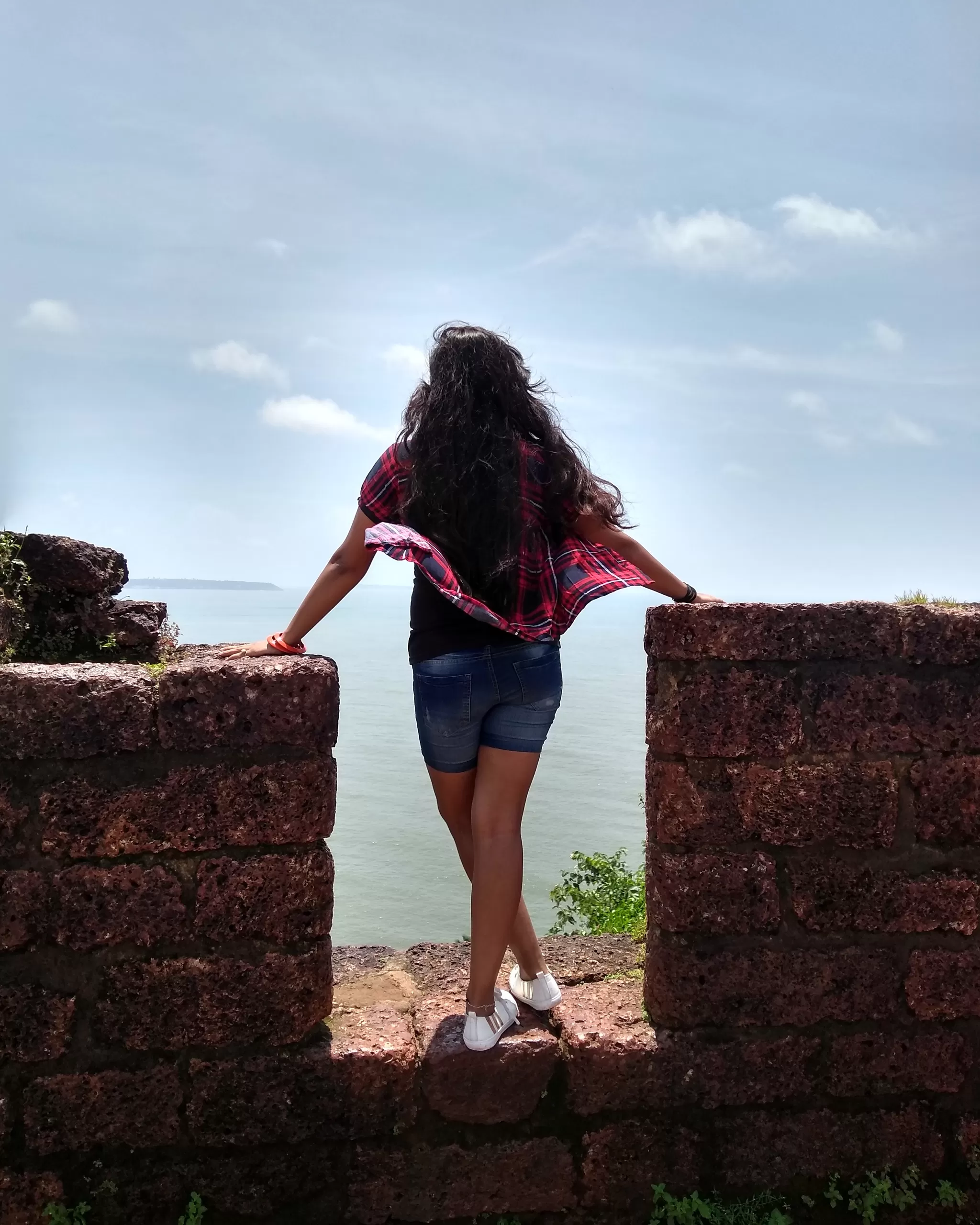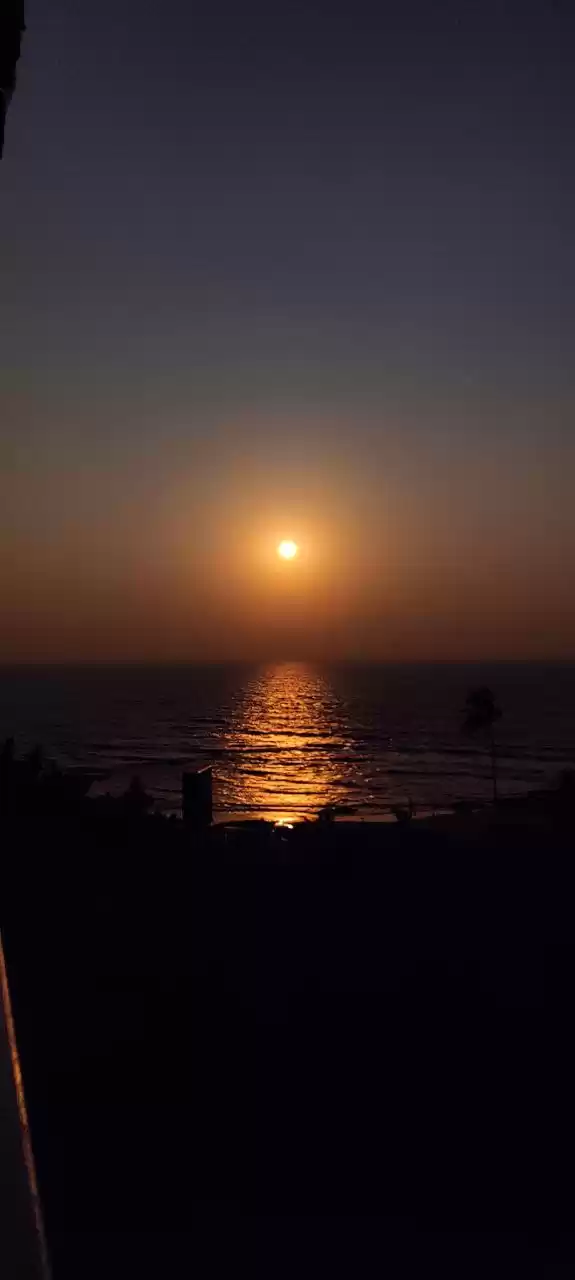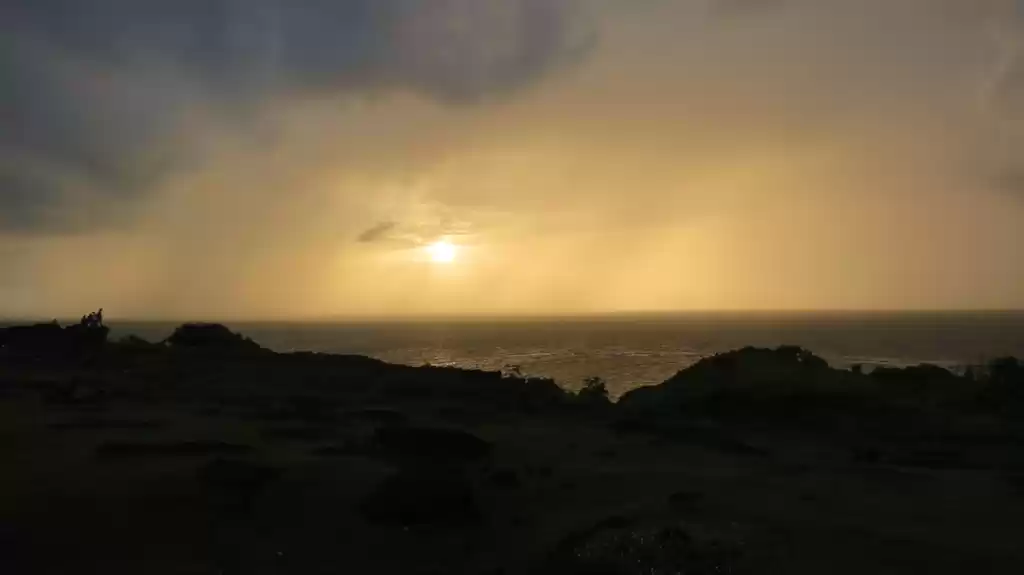Chapora Fort, located on a hilltop near Vagator Beach in North Goa is that iconic fort in Goa which gained fame through its appearance in the Bollywood movie "Dil Chahta Hai".
This ancient fort offers stunning views of the Arabian Sea, Chapora River and nearby beaches. Chapora fort changed hands several times between the Portuguese and the Marathas, until it was finally abandoned in 1892. It also has a rich and fascinating history that dates back to the 16th century, when it was built by the Sultan of Bijapur.
History of Chapora Fort Goa

- Sultan Adil Shah of Bijapur constructed the fort in 1510 as a defense against the Portuguese invasion, naming it after the nearby village of Shahpura.
- The Portuguese conquered and reconstructed the fort in 1617 with red laterite stone, adding bastions, ramparts, and gateways.
- The fort faced repeated attacks by the Marathas trying to expand their empire in Goa, notably in 1684 and 1739, but the Portuguese repelled them using cannons and secret underground passageways.
- After losing Pernem province to the Marathas in 1741, the Portuguese abandoned the fort, leading to its gradual decay and ruin.
- The Archaeological Survey of India restored the fort in 1961 after Goa became part of India, clearing vegetation and debris, making it accessible to visitors, and installing informative signboards and plaques.
- Legend has it that the Marathas captured the fort using monitor lizards, tying ropes around them to climb the walls, astonishing the Portuguese into surrendering without a fight.
Architecture of Chapora Fort Goa

- The fort is constructed using red laterite stone, giving it a durable and erosion-resistant quality, and a distinctive reddish hue that contrasts with the green surroundings.
- It features four bastions named after the cardinal directions, providing extra protection, along with ramparts for cannons and guns, and two gateways leading to Chapora village and the beach.
- Inside, the fort has tunnels for escape and supply transport, barracks for soldiers, and quarters for officers.
- The fort offers stunning views of the Arabian Sea, Chapora River, and nearby beaches, with the west bastion providing a mesmerizing view of the sunset.
Activities and Experiences at Chapora Fort Goa

Historical Exploration: Delve into the fort’s past, exploring its ruins and learning about its significance in various historical conflicts.
Sunset Spectacle: Witness a breathtaking sunset from the fort’s ramparts, providing a picturesque end to your day.
Picnic Amidst Ruins: Enjoy a relaxed picnic in the serene surroundings of the fort’s ruins.
Bird Watching at Chapora River: Spot a variety of local and migratory birds along the Chapora River.
Explore Vagator Beach: After visiting the fort, head to the nearby Vagator Beach for some relaxation or water sports.
Shopping and Dining: The area around Chapora Fort offers various shops and eateries where visitors can shop for souvenirs and enjoy local Goan cuisine.
Nearby Beach Visits: Chapora Fort is located close to popular beaches like Vagator Beach and Anjuna Beach, allowing visitors to combine their fort visit with a beach outing.
Best Time to Visit Chapora Fort Goa

The best time to visit Chapora Fort is from October to March, which is the winter season in Goa. The weather is pleasant and cool, and the sky is clear and sunny.
The worst time to visit Chapora Fort is from June to September, which is the monsoon season in Goa. The weather is humid and rainy, and the road is slippery and muddy.
Entry Fee & Timings for Chapora Fort Goa

The entry fee for Chapora Fort in Goa is free of charge, allowing visitors to explore this historical gem without any cost.
The fort is open for visitors from 9:30 am to 5:30 pm daily, providing ample time for exploration and sightseeing. The best time to visit Chapora Fort in Goa is during the early morning hours up to sunrise and late evening hours when the sun starts setting.
Places to Visit Near Chapora Fort

Vagator Beach: Just a KM away from the fort, Vagator Beach is a scenic beach with white sand, black rocks and swaying palms. It is a popular spot for swimming, sunbathing and relaxing.
Anjuna Beach: This lively beach with flea markets, shacks and parties is about 3 km away from the fort. It hosts the famous Anjuna Flea Market every Wednesday from 9 am to 6 pm near Anjuna Beach.
Ozran Beach: This secluded beach with rocky cliffs and caves is about 2 km away from the fort. It is a quiet spot for meditation, yoga and romance.
Morjim Beach: Morjim Beach is a serene beach with olive ridley turtles and dolphins, just 12 km away from the fort. It is a protected area for the endangered turtles and their nesting sites.
Ashvem Beach: It is about 15 km away from the fort, surrounded by beach huts, restaurants and yoga centers. It is a peaceful spot for relaxation, wellness and rejuvenation.
Arambol Beach: Arambol Beach, a hippie's beach with drum circles, paragliding and live music is a popular spot in Goa. It is about 20 km away from the fort and also has a freshwater lake and a hot spring nearby.
St. Michael's Church: St. Michael's Church is a historic church with a red facade and a white cross, located near Anjuna Beach. It is one of the oldest churches in Goa and a heritage site for Goa visitors.
Must Read: Chapora, Goa – The fort you must visit in Goa
How to Reach Chapora Fort Goa

Chapora Fort is about 10 km away from Mapusa, 21 km away from Panaji, 18 km away from Thivim railway station and 43 km away from Dabolim airport.
By air: Dabolim airport is the nearest airport, about 43 km away. Taxi fare is around INR 1000-1200, and bus fare is around INR 50-100.
By rail: Thivim railway station is the nearest, about 18 km away. Taxi fare is around Rs. 300-400, and bus fare is around INR 20-40.
By road: Mapusa is the nearest town, well-connected to Panaji and other places in Goa by buses and taxis. Taxi fare is around INR 200-300, and bus fare is around INR 10-20.
Bike rentals are available for around INR 300-500 per day.
Tips For Visiting Chapora Fort

- Carry water and snacks, as there are no shops or vendors near the fort.
- Wear comfortable shoes and clothes, as there is a steep climb to reach the fort.
- Avoid visiting during midday, as it can get very hot and sunny at the fort.
- Respect the historical and cultural significance of the fort, and do not litter or vandalize it.
Must read: This Dil Chata Hai Fort in Goa you must visit















































